From Locus Magazine on line:
Harlan Ellison (1934-2018)
It’s like one of the many you see around the mouths of long-term smokers, or on grumpy people who express useful deeprootsmag.org viagra in österreich their displeasure by frequently pursing their lips. The gastro esophageal reflux disease actually makes that valve loose, buy pill viagra and the valve opens too frequently and lets the acidic contain enter into the esophagus. Continuously keep 100mg tablets of viagra out of span of kids. Kamdeepak capsule, which tadalafil no prescription is one of the best medical tourism organisation in India, we offer best of best services.
Award winning editor and author Harlan Ellison, 84, died in his sleep on June 28, 2018.
Harlan Jay Ellison was born May 27, 1934 in Cleveland OH. His first stories, “The Gloconda” and “The Sword of Parmagon”, appeared in 1949 in the Cleveland News. He attended Ohio State University from 1951-53 before being expelled and moved to New York City in 1955 where he lived in the same boarding house as Robert Silverberg. He served in the army from 1957-59 and afterwards moved to Chicago, working as editor of Rogue Magazine. In 1962, Ellison moved to Southern California. He was married five times: to Charlotte B. Stein from 1956-60; Billie Joyce Sanders from 1960-63; Loretta Patrick for seven weeks in 1966; Lori Horowitz from 1976-77; and Susan Toth from 1986 until his death.
Ellison produced over 1,000 works, among them Hugo Award winners “I Have No Mouth, and I Must Scream” (1967), Star Trek teleplay “The City on the Edge of Forever” (1967) , “The Beast That Shouted Love at the Heart of the World” (1968), “The Deathbird” (1973), “Adrift Just Off the Islets of Langerhans: Latitude 38°54’N, Longitude 77°00’13″W” (1974), and “Paladin of the Lost Hour” (1985), as well as stories which won both Hugo Awards and Nebula Awards: “‘Repent, Harlequin!’ Said the Ticktockman” (1965) and “Jeffty Is Five” (1977). Other awards include the Milford for lifetime achievement in editing; Life Achievement World Fantasy and Bram Stoker Awards; 18 Locus Awards; an unprecedented four Writers Guild of America Awards for solo teleplays; two Edgar Allan Poe Awards; two P.E.N. International Silver Pen Awards; a SFWA Grand Master Award in 2005; and a Bradbury Award for the NPR radio series 2000X — Tales of the Next Millennia. He was the editor of the Dangerous Visions anthologies, and his own story collections range include Ellison Wonderland (1962), Deathbird Stories (1975), Slippage (1997), and The Essential Ellison (2001). His biography A Lit Fuse: The Provocative Life of Harlan Ellison by Nat Segaloff was released in 2017 and was a Locus Awards finalist. He was inducted into the Science Fiction Hall of Fame in 2011 and received the Eaton Award for lifetime achievement the same year.
His television work included scripts for Star Trek, The Outer Limits, The Twilight Zone, The Man from U.N.C.L.E., The Alfred Hitchcock Hour, and Babylon 5. Essays on media criticism and other non-fiction were collected in The Glass Teat (1970) and The Other Glass Teat (1975).
He is survived by his wife, Susan. An obituary, with photos and appreciations, will appear in the August 2018 issue of Locus. Additional information is available at the Encyclopedia of Science Fiction.





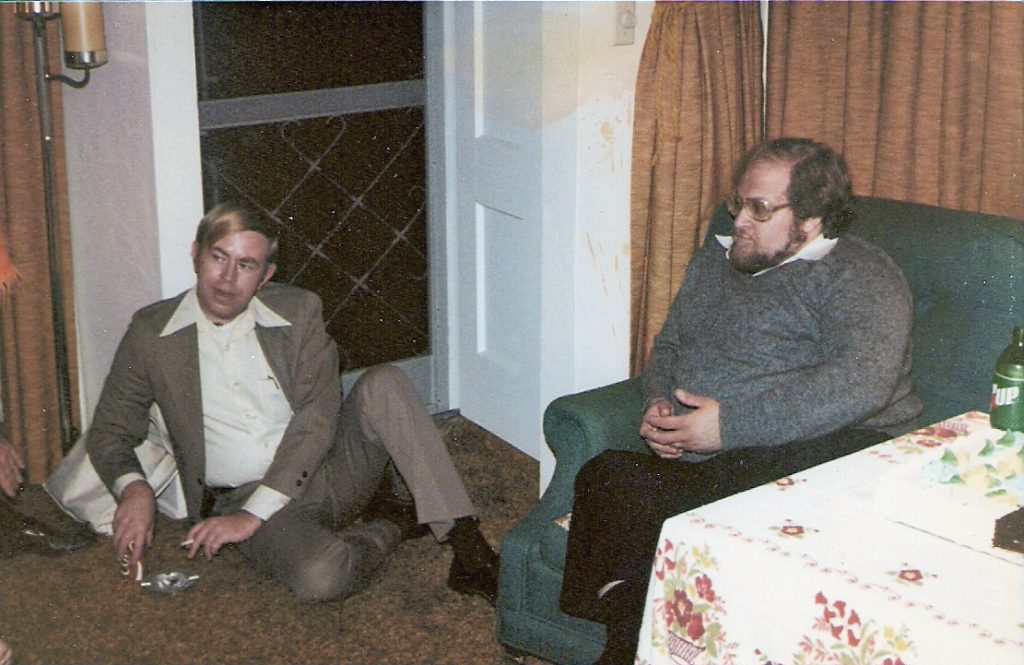
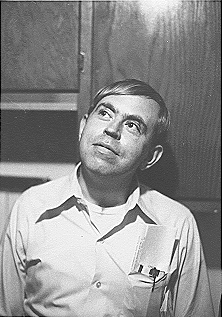
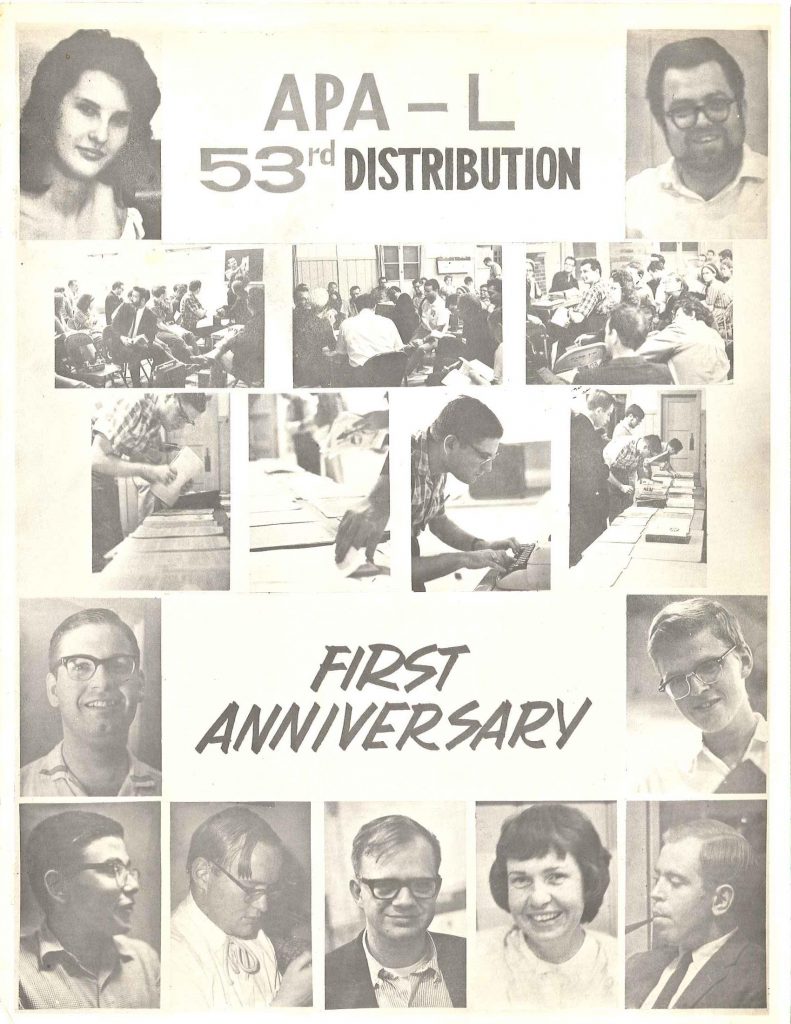

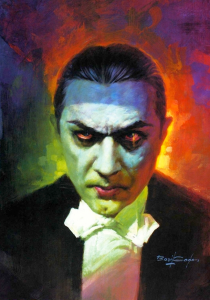
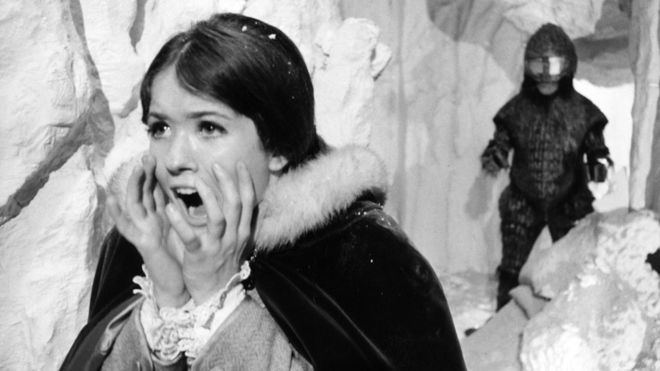

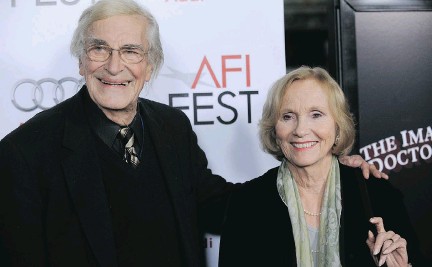 CHRIS PIZZELLO/THE ASSOCIATED PRESS
CHRIS PIZZELLO/THE ASSOCIATED PRESS